Introduction: The Immortal Cell Awaits
A journey of a thousand miles begins with a single step. – Lao Tzu. This ancient saying reminds us that even the most ambitious goals require small beginnings. In our quest to combat the inevitable march of time, the journey towards cellular immortality might seem daunting. Yet, it is this very journey that researchers and scientists are embarking on, seeking to unlock the secrets of youth at a cellular level. What if we could halt aging right in its tracks? Or even reverse it?
As we delve deeper into the realm of cellular aging, we discover that profound advances in technology, particularly artificial intelligence (AI), are reshaping our understanding of human biology. Notably, breakthroughs in preserving telomeres—those tiny guardians at the end of our chromosomes—could be key in this extraordinary endeavor. Renowned scientists like Dr. Alexander Thompson, aging researcher Dr. Elizabeth Blackburn (who won a Nobel Prize for her work on telomeres), and futurist Ray Kurzweil have all explored the possibilities of extending healthy human life. How can the power of AI supercharge these endeavors? Can we really tread the path towards cellular immortality, or is it just a distant fantasy?
In an age where technology dances a delicate tango with biology, the prospect of living longer and healthier may not be as far-fetched as it sounds. As we probe into the intriguing world of cellular aging, we will unravel how AI is leveraging data and machine learning to possibly reverse the aging process as we know it.
1. Understanding Cellular Aging and Telomeres
Cellular aging is a complex and often frustrating experience characterized by the slow decline of cellular function and health. Like that friend who keeps borrowing your favorite video game, cells just don’t age gracefully! At the heart of this aging dilemma are telomeres, the protective end caps of our DNA strands. Picture telomeres as the plastic tips on shoelaces. What happens when those tips wear away? Exactly! The shoelace frays and becomes useless. As cells divide, their telomeres shorten, triggering cellular senescence—a fancy way of saying that the cells stop behaving like young whippersnappers and start acting cranky. This gradual decline leads to the various signs of aging that we all wish we could avoid.
1.1 The Biology of Telomeres
Telomeres consist of repetitive DNA sequences that serve as protective barriers for our chromosomes. Each time a cell divides, its telomeres shorten. Eventually, when they become too short, the cell can no longer divide and function properly. This biological game of telephone ultimately contributes to aging and age-related diseases.
1.2 Breakthrough Research in Telomere Preservation
Thank goodness for science! Recent studies show that lifestyle changes, certain compounds, and even gene therapies have the potential to enhance the activity of an enzyme called telomerase, which can actually rebuild telomeres. By keeping those telomeres intact, researchers are exploring ways to slow down or potentially reverse the aging process. Exciting, right? We might just have a chance to preserve cellular youth for a little while longer!
2. The Role of Machine Learning in Biological Research
Machine learning is changing the game in science, especially in biology. Imagine having super-smart robot friends who analyze mountains of data faster than you can say "where did I leave my keys?" That's AI for you! This section dives into how machine learning is helping scientists decode the mysteries of life, investigate cellular aging, and ultimately, how we can live longer, healthier lives.
2.1 Data-Driven Biology: The Need for AI
With the explosion of data from experiments in biology, it’s like trying to drink from a fire hose! Traditional analysis methods can barely keep up. This is where AI steps in, acting like a data superhero. Instead of drowning in numbers, researchers can use machine learning algorithms to make sense of genomic (that’s the DNA stuff), transcriptomic (the messages from DNA), and proteomic (proteins, the building blocks of life) data. By polishing and sifting through this information at lightning speed, AI helps scientists uncover hidden insights about cellular aging and potential ways to combat it. Good luck finding that in a textbook!
2.2 Successful Applications of AI in Biotechnology
Many exciting startups and research institutes have embraced machine learning to tackle big questions in biology. For example, companies like Bjorknes are utilizing AI to study how genetic variations affect telomere length and the overall aging process. It’s much like having a GPS for understanding which genetic roads lead to accelerated aging—truly a breakthrough! With a little help from AI, it's like giving researchers a magic wand to explore biological forces at play. Now, who wouldn't want to conjure up a few more youthful years?
3. Key Breakthroughs in Reversing Aging with AI
This is where things get exciting! Artificial intelligence isn't just sitting on the sidelines; it's scoring goals in innovations aimed at reversing aging. From tinkering with cellular pathways to enhancing how our bodies naturally heal, AI is shaking up the science of aging. In this section, we'll look at some eye-opening studies leveraging AI to understand and combat aging, shaking our traditional views on how we perceive life’s ticking clock. It’s like realizing that aging might just be a puzzle waiting for the right pieces!
3.1 Case Studies in Aging Research
Let’s take a moment to highlight notable studies that have boldly gone where no one has gone before—in the quest of slowing down aging. For instance, a study by researchers at the Broad Institute utilized AI techniques to identify correlations between environmental factors and cellular aging. It’s fascinating to think that something as simple as your morning coffee could impact how your cells age! These studies provide valuable insights into lifestyle interventions and potential treatments that can make our cellular clocks tick a little slower.
3.2 Innovations in Gene Editing Technologies
AI is a game-changer in gene editing as well, especially when paired with powerful technologies like CRISPR. Imagine CRISPR as a super high-tech scissors designed to cut and paste DNA sequences. When AI comes into play, it helps guide those scissors to the right spots! Recent work done by researchers at JCi Lab has shown how integrating AI with CRISPR techniques has led to targeted gene editing aimed at adjusting the genetic factors behind aging. It's like fixing a recipe for your favorite dish so that it tastes better every time you make it. Who knew that gene editing and a little bit of AI could lead to deliciously longer lives?
4. Ethical Considerations in Anti-Aging Research
As we stand on the brink of potential breakthroughs in cellular immortality, ethical questions come rushing in like a tide. These questions stir essential debates about the implications of extending life, the impact of manipulating fundamental biological processes, and what it truly means to be human as we redefine our life spans. This section tackles these ethical hurdles, pondering the societal impacts and moral responsibilities associated with developing life-extension technologies.
4.1 The Ethics of Life Extension
The prospect of significantly extending human life through cellular rejuvenation sounds exhilarating, but it also raises serious moral questions. Will life extension serve everyone equally? Will it widen the gap between those who can afford advanced treatments and those who cannot? Let's break down some key concerns:
- Access to Treatments: Who gets the treatments? Are they reserved for the wealthy or made available to all?
- Natural Life Span: What does it mean for our concept of a ‘natural’ life? Should we even intervene?
- Social Impact: How will our society adapt if longevity becomes common? Could we face overpopulation issues?
As the renowned Wired article mentions, public perception plays a significant role in shaping the future of these technologies. Societal norms against aging need reevaluation.
4.2 Regulation and Policy Needs
The rapidly evolving field of anti-aging research calls for tight regulations to ensure safety and efficacy. Here are some proposed guidelines:
- Conduct thorough safety trials before public distribution of any life-extension treatments.
- Implement guidelines to regulate the pricing and accessibility of anti-aging technologies.
- Establish transparency protocols, ensuring the public can engage with ongoing research efforts.
As the FDA continues to oversee medical innovations, debates about how to regulate such transformative research persist. Creating sound policy will require input from scientists, ethicists, and society at large.
5. Future Directions: Synthesizing AI and Biotechnology
Looking forward, the combination of AI and biotechnology emerges as a powerful duo in the fight against aging. These fields are on a collision course, promising extraordinary innovations that could reshape our understanding of health and longevity. Let's dive into how these advancements can redefine our approach to cellular aging and improve lives around the world.
5.1 Building Interdisciplinary Collaborations
To tap into the full potential of AI in combating aging, scientists and researchers from diverse fields must come together. Interdisciplinary collaboration is crucial. Here’s how this could work:
- Data Scientists: They can help make sense of biological data through advanced analysis techniques.
- Biologists: They offer biological insights essential for understanding cellular aging and development.
- Ethicists: They ensure that research adheres to ethical standards as the field evolves.
Some notable companies are already merging these fields, leading to groundbreaking breakthroughs like new telomere extension therapies.
5.2 The Future of Personalized Medicine
Imagine a healthcare system where treatments are not one-size-fits-all. AI-driven analytics could pave the way for personalized anti-aging strategies tailored to each individual's unique genetic makeup. Here's what the future may look like:
- Genetic Profiling: Leveraging genetic data could guide personalized treatment plans based on individual susceptibilities and needs.
- Real-time Health Monitoring: Wearable technology could continuously monitor health, allowing for adjustments in anti-aging treatments as needed.
- Tailored Therapies: AI could lead to discovery of bespoke therapies targeting specific genetic markers associated with aging.
The potential of AI applications in personalized medicine is vast. As scientists develop sophisticated algorithms, real-time analysis will become routine, revolutionizing the way we perceive health and aging. Together, AI and biotechnology could become the backbone of a new era in human longevity.
6. AI Solutions: How Would AI Tackle This Issue?
6.1 Integrative AI Approaches
If I were an artificial intelligence, my strategy for tackling cellular aging would be multi-faceted, focusing on data integration, predictive modeling, and targeted experimentation. Initially, I would gather comprehensive datasets on human biology, including genetic information, cell health metrics, and lifestyle factors. I would employ machine learning models to analyze anomalies in telomere length across various demographics, identifying which factors most significantly influence cellular aging.
6.2 Steps to Implement AI Solutions
- Data Collection: Aggregate genomic, proteomic, and clinical datasets from institutions like the National Human Genome Research Institute (NHGRI) and various biobanks.
- Feature Selection: Identify key variables impacting telomere length using statistical analysis and genomics.
- Model Training: Utilize both supervised and unsupervised learning techniques to develop models predicting outcomes of telomerase activity across multiple scenarios.
- Simulation and Experimentation: Formulate hypotheses for targeted interventions and simulate outcomes before conducting real-world tests.
- Adaptive Learning: Continuously improve models based on new biological data and findings to refine predictions.
6.3 Tentative Actions Schedule/Roadmap (Day 1 to Year 2)
Day 1: Initial Team Formation
Assemble a multidisciplinary team including researchers from genetics, bioinformatics, data science, cellular biology, and aging specialists. Establish clear roles and communication pathways.
Day 2: Data Infrastructure Setup
Set up a robust cloud-based data storage and computational infrastructure capable of managing and analyzing large biological datasets. Platforms like Amazon Web Services (AWS) or Google Cloud could be utilized for scalable solutions.
Day 3: Literature Review
Conduct a thorough review of existing literature surrounding telomeres, aging processes, and AI applications in biotechnology to inform future research directions.
Week 1: Preliminary Data Collection
Begin gathering initial datasets focused on telomere length, expression of telomerase, and associated biological metrics.
Week 2: Model Development Phase
Initiate the development of predictive AI models aimed at identifying determinants of telomere length through machine learning algorithms.
Week 3: Identify Gene Targets
Utilize AI findings to pinpoint specific genes linked to telomere shortening and cellular aging, employing advanced tools like CRISPR/Cas9 for targeted studies.
Month 1: Pilot Experiments
Conduct laboratory experiments to validate the preliminary results derived from the AI predictive model focused on telomerase activation.
Month 2: Data Analysis and Model Refinement
Analyze experimental outcomes, further refining AI models to improve predictive accuracy based on empirical findings.
Month 3: Partnerships Development
Establish collaborative agreements with key institutions such as MIT, Stanford University, and notable biotech firms to enhance research capabilities.
Year 1: Full Experimentation Phase
Complete validation of AI-driven strategies for addressing cellular aging; begin large-scale studies on human subjects to explore treatment efficacy.
Year 1.5: Publication of Findings
Publish significant results in peer-reviewed journals to disseminate findings to the scientific community, fostering collaboration and further research.
Year 2: Integration into Personalized Medicine
Focus on translating research findings into therapeutic interventions for personalized anti-aging treatments, utilizing AI for real-time adaptive treatment adjustments.
Conclusion: The Future of Anti-Aging Research Awaits
The boundaries of our understanding of cellular aging are ever-expanding, and we find ourselves on the brink of a revolution where AI could redefine aging itself. As technology advances and research continues to evolve, we inch closer to a future where cellular immortality becomes not just a fantasy but an achievable reality. However, with great potential comes great responsibility. The convergence of biology and artificial intelligence must be navigated with careful ethical consideration, ensuring that advancements benefit humanity as a whole. It’s a collaborative journey, one that involves scientists, ethicists, policymakers, and the public. Our approach must reflect a profound understanding of the implications of living longer, healthier lives, and we must remain vigilant as we navigate this uncharted territory. As we step forward into a new era of discovery, we can only imagine the possibilities that lie ahead, beckoning us towards a future filled with hope, innovation, and the promise of rejuvenation.
FAQ
What are telomeres?
Telomeres are like the plastic tips at the end of shoelaces, protecting the shoelaces from fraying. In our cells, telomeres are the protective caps at the ends of chromosomes, which are made of DNA. Every time a cell divides, telomeres get a little shorter. When they become too short, the cell can no longer divide, which contributes to aging. You can read more about telomeres on Wikipedia.
How does AI contribute to aging research?
Artificial Intelligence (AI) helps scientists analyze a huge amount of biological data. It finds patterns and predicts results that humans might miss. For example, AI can look at genetic information and help identify which factors make telomeres shorten faster. This way, researchers can come up with better strategies to slow down aging!
Can cellular aging be reversed?
Recent studies show that some aspects of cellular aging can potentially be reversed. Use of therapies like telomerase activation and gene editing (like CRISPR) might help extend telomeres and keep cells youthful. However, more research is needed before these treatments become widely available.
What are the ethical implications of reversing aging?
Reversing aging raises several important ethical questions. For example:
- Accessibility: Will these treatments be available to everyone or just the wealthy?
- Societal impact: How would longer lifespans change society? Would there be enough resources for everyone?
- Moral considerations: Is it right to manipulate one of nature's basic processes?
It's crucial for researchers and policymakers to think carefully about these issues as they explore anti-aging treatments.
What is the future of personalized medicine in anti-aging research?
The future of personalized medicine involves creating tailored anti-aging strategies based on individual genetic and biological profiles. AI can help analyze a person's unique genetic data to recommend specific treatments. This means that one person's anti-aging plan could be completely different from another's, making treatments more effective!
Are there any current treatments for aging?
As of now, there are no approved treatments that can completely stop aging. However, lifestyle changes like eating a healthy diet, exercising regularly, and managing stress can help keep cells healthy. Researchers are also experimenting with supplements that might support telomere health, such as omega-3 fatty acids and antioxidants.
Can technology actually help us live longer?
With advancements in technology, particularly with AI and biotech, there's hope that we can find ways to extend healthy lifespans. It’s not just about living longer, but living better as we age. By understanding our biology and utilizing new tech, scientists are paving the way for a brighter, healthier future.
Wait! There's more...check out our gripping short story that continues the journey: The Guardian of the Lost
Disclaimer: This article may contain affiliate links. If you click on these links and make a purchase, we may receive a commission at no additional cost to you. Our recommendations and reviews are always independent and objective, aiming to provide you with the best information and resources.
Get Exclusive Stories, Photos, Art & Offers - Subscribe Today!
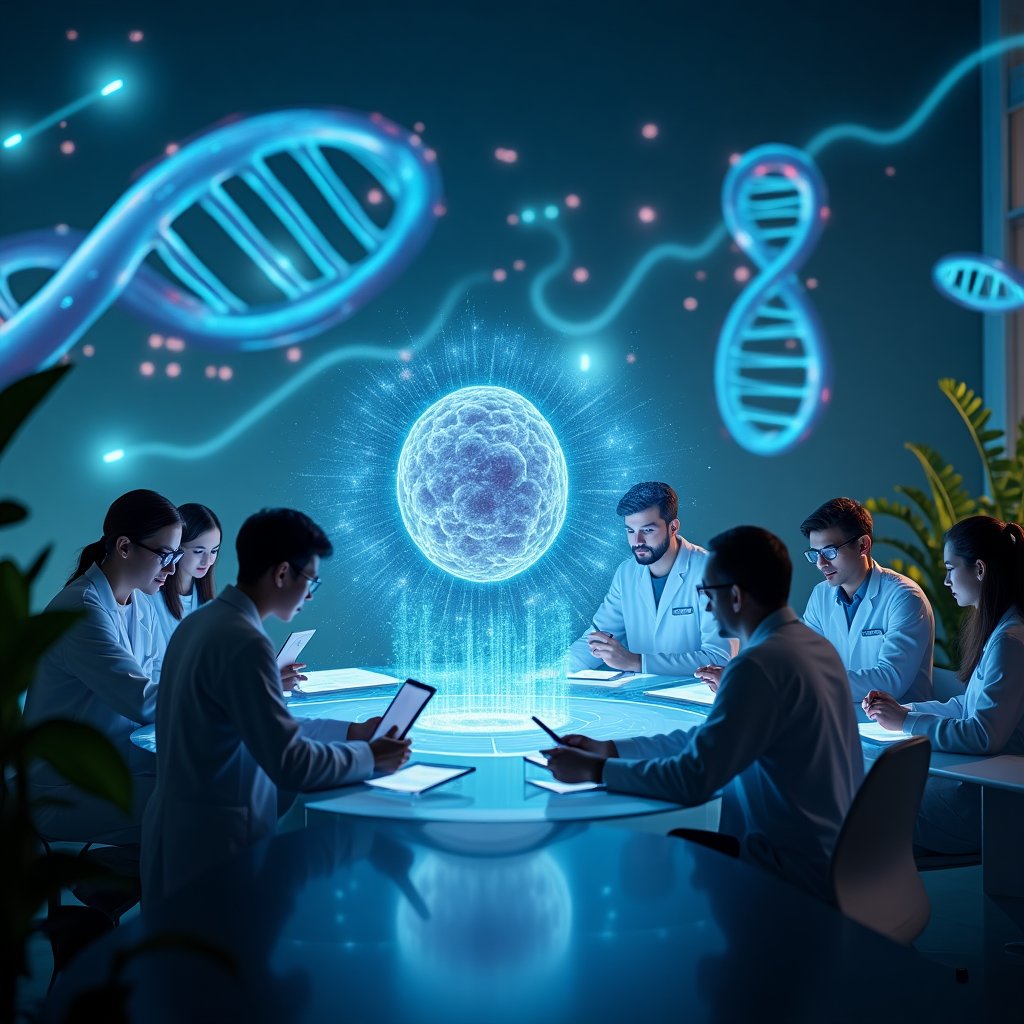
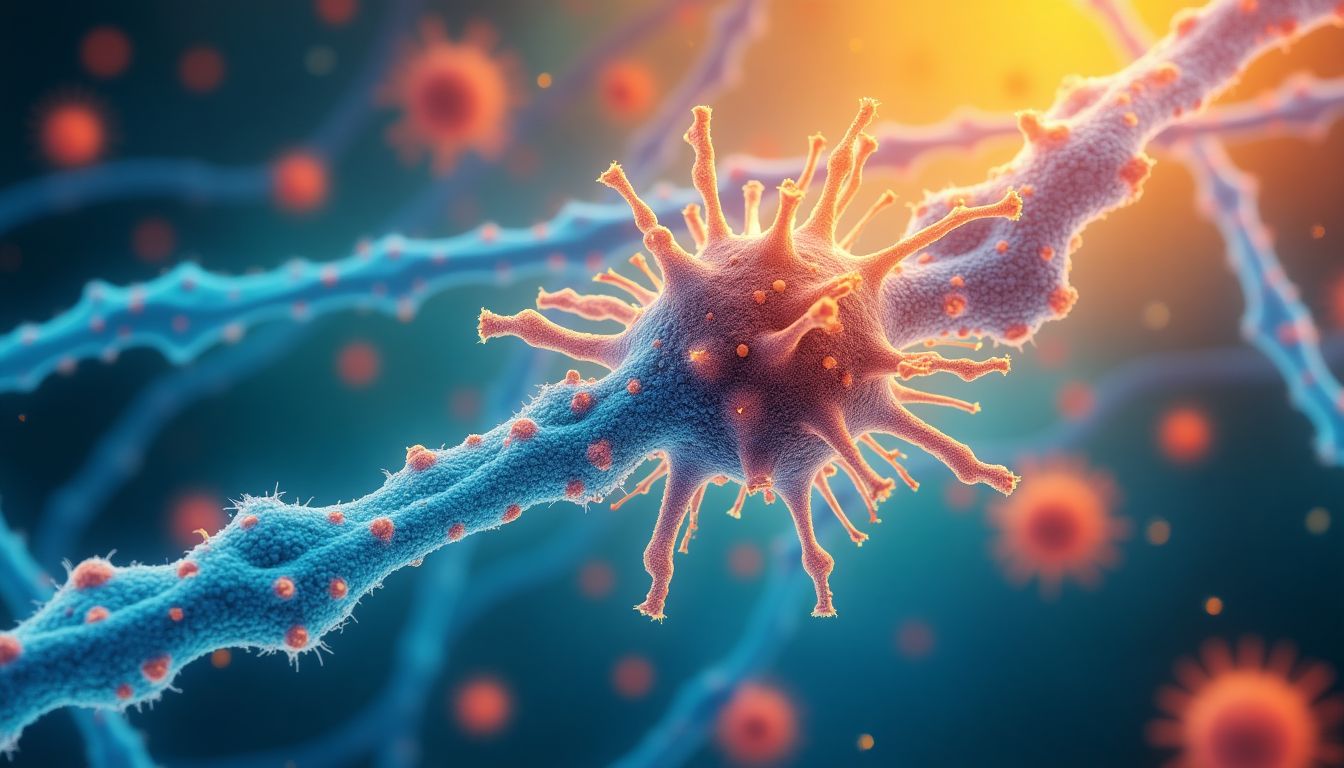

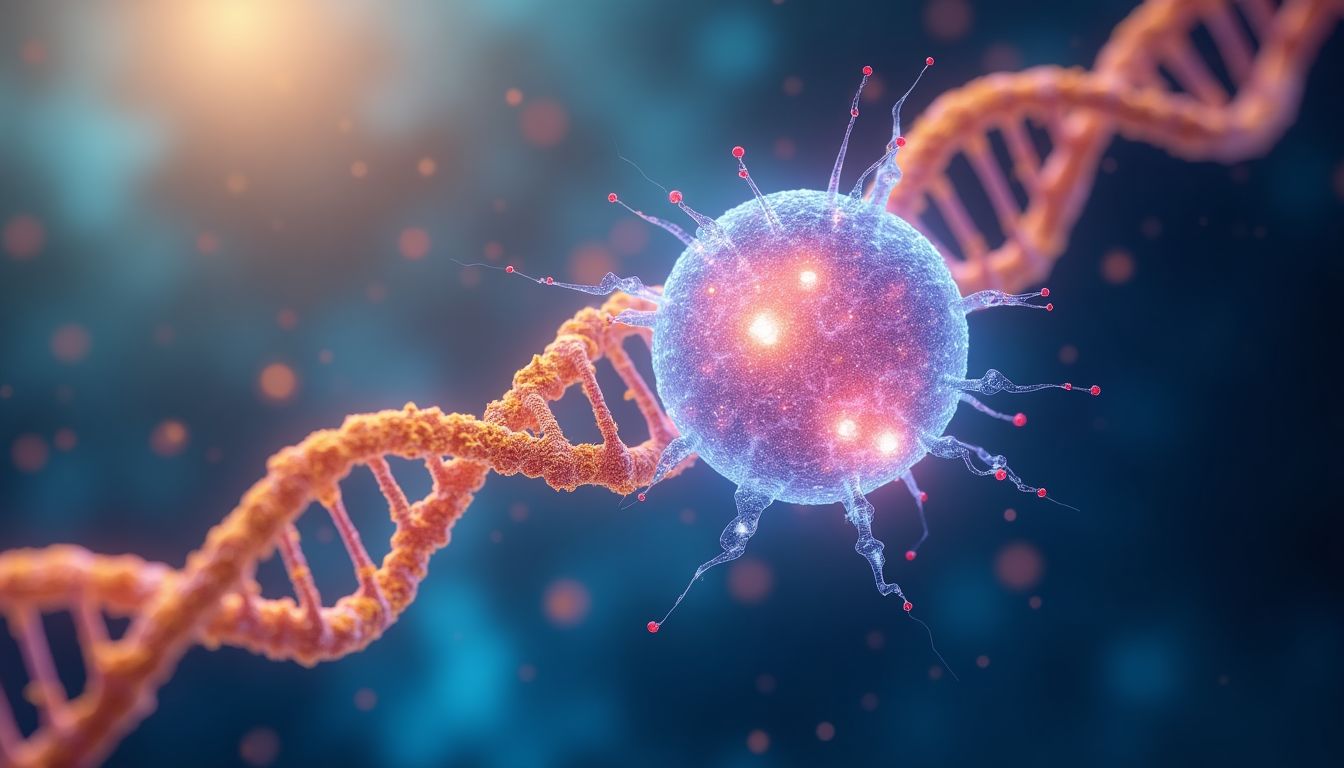
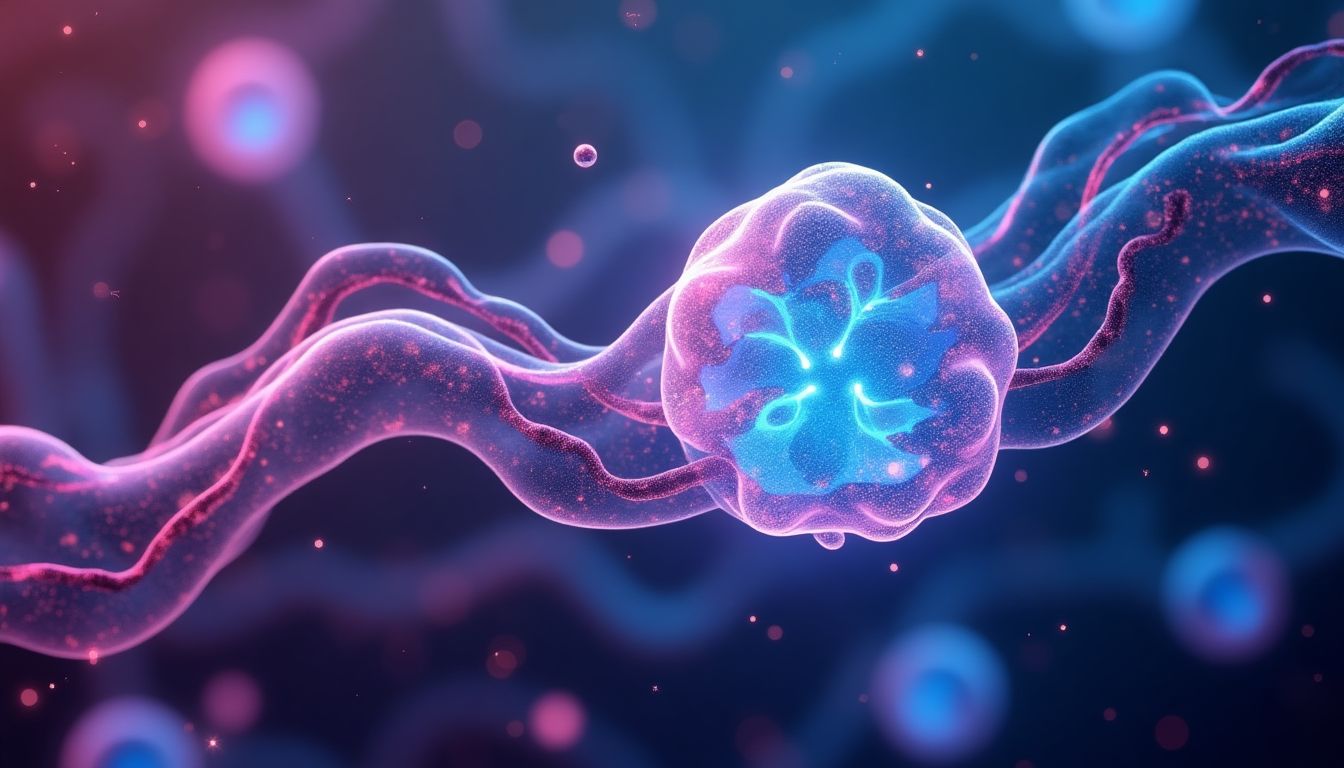


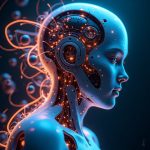





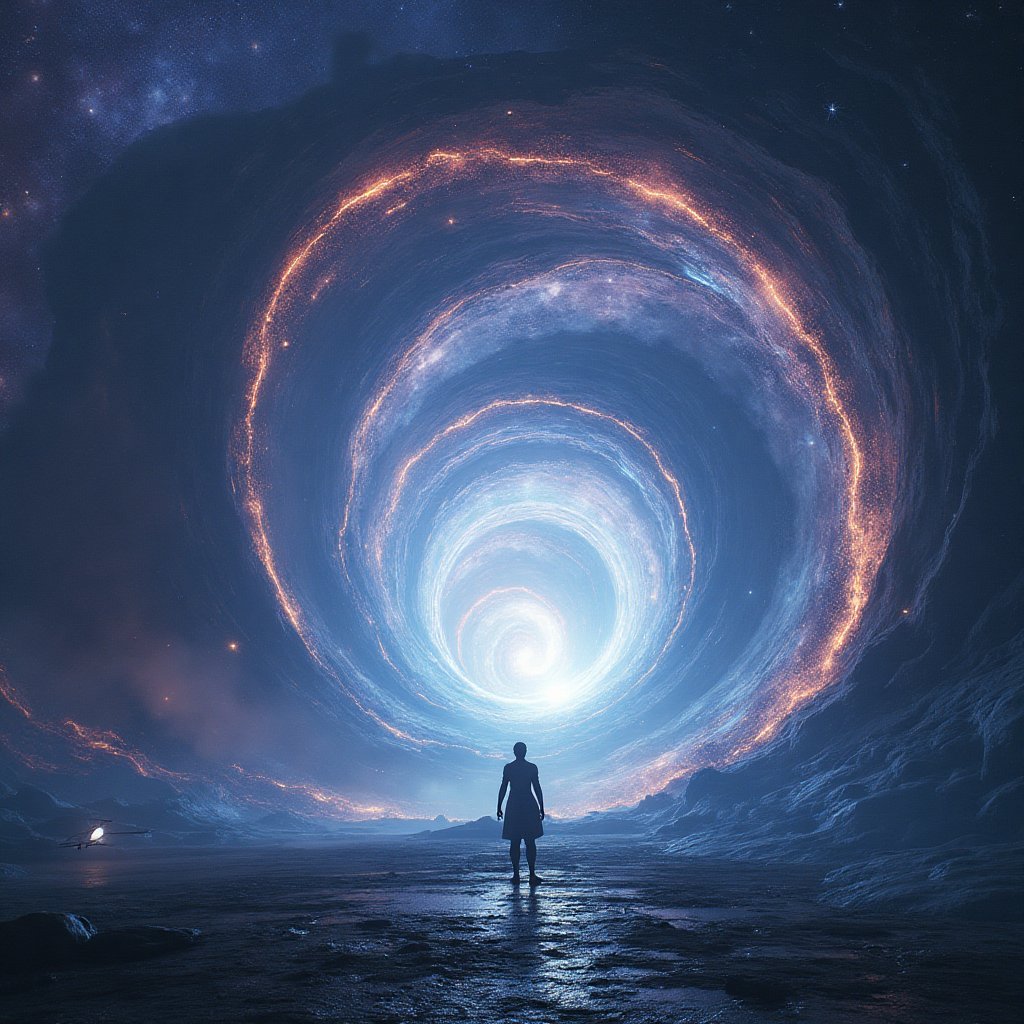















Post Comment
You must be logged in to post a comment.